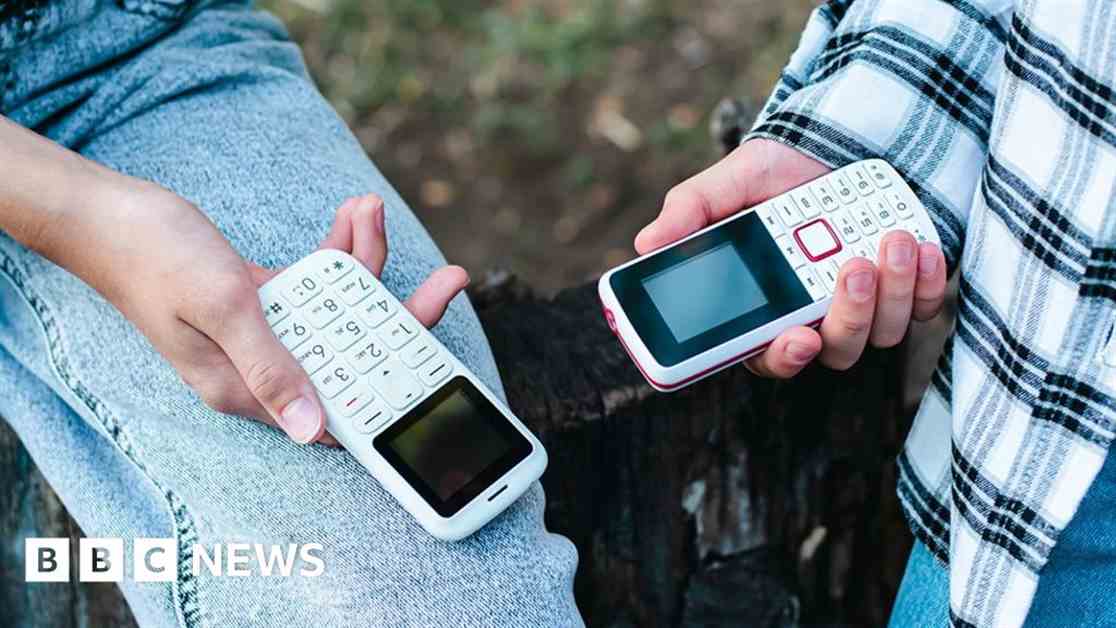Smartphone Users Turn to ‘Dumbphones’ to Combat Social Media Addiction
Adults and teenagers are ditching their smartphones in favor of simpler, more basic models to reduce their screen time. Many people are realizing the negative impact of excessive smartphone use on their mental health and overall well-being.
The rise of social media platforms has led to a constant fear of missing out (FOMO) among users, causing them to spend countless hours scrolling through their phones. Research shows that social networking sites can trigger the same addictive responses in the brain as substances, raising concerns about phone addiction, especially among young people.
In response to these concerns, some individuals are opting for ‘dumbphones’ that only offer basic functions like calls, texts, and maps. By switching to these low-tech devices, users are able to limit their screen time and focus on more meaningful activities.
Parents are also embracing dumbphones for their children, as well as for themselves, to foster better family connections and reduce distractions. By choosing simpler devices, they are able to be more present and engage in quality time with their loved ones.
While giving up smartphones may seem challenging, there are tools available to help users manage their screen time. Devices like “unpluq” allow users to block certain apps and monitor their usage, providing a solution for those struggling with smartphone addiction.
Companies like Techless are developing intentionally boring yet sleek devices that prioritize functionality over endless scrolling. The Wisephone II, for example, offers limited third-party tools but excludes social media apps, promoting a more mindful and tranquil smartphone experience.
As the trend of dumbphones continues to grow, more individuals are recognizing the benefits of disconnecting from the digital world and embracing a simpler way of life. While the allure of smartphones may be strong, the shift towards low-tech devices reflects a desire for balance and mindfulness in an increasingly digital age.

